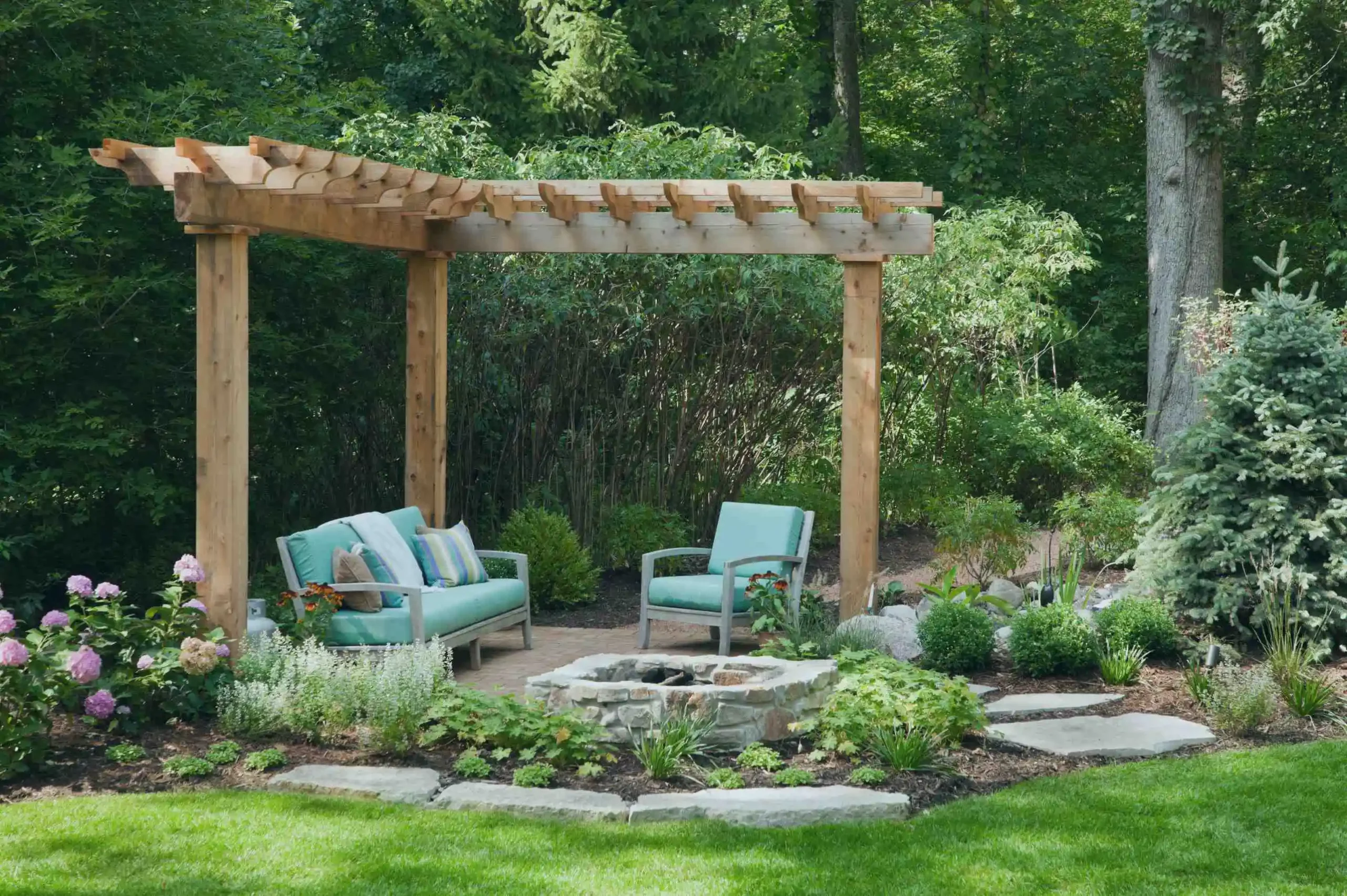Creating a Healthier Home: Tips for Toxic-Free Living Spaces
In our pursuit of a healthier lifestyle, we often focus on diet and exercise but overlook the impact of our living environment on our well-being. Many homes contain a surprising array of toxins, from household cleaning products to building materials, which can contribute to a range of health issues. Creating a healthier, toxic-free home is essential for improving air quality, reducing allergens, and fostering a safer living environment. Here are practical tips to help you detoxify your living spaces and enhance your health.
Understanding Household Toxins
Household toxins come from various sources, including cleaning products, personal care items, furniture, and building materials. Common toxins include volatile organic compounds (VOCs), formaldehyde, phthalates, and flame retardants. These substances can off-gas into the air, accumulate in dust, and contribute to respiratory issues, skin irritation, and other health problems.
Steps to Reduce Toxins in Your Home
1. Choose Low-VOC and Non-Toxic Products
Many conventional paints, varnishes, and cleaning products release VOCs, which can cause headaches, dizziness, and long-term health effects. Opt for low-VOC or VOC-free paints and finishes. When purchasing cleaning products, look for those labeled as non-toxic, biodegradable, and free from harsh chemicals like ammonia and chlorine.
2. Improve Ventilation
Good ventilation is crucial for reducing indoor air pollution. Open windows regularly to allow fresh air to circulate and dilute indoor pollutants. Use exhaust fans in the kitchen and bathrooms to remove moisture and odors. Consider installing a whole-house ventilation system if your home is tightly sealed.
3. Use Natural Cleaning Products
Commercial cleaning products often contain a cocktail of chemicals that can be harmful to your health. Switch to natural alternatives, such as vinegar, baking soda, and lemon juice, which are effective and non-toxic. There are also many eco-friendly cleaning brands that offer safe products.
4. Reduce Plastic Use
Plastics can release harmful chemicals like phthalates and bisphenol A (BPA), especially when heated. Reduce your use of plastic by opting for glass, stainless steel, or ceramic containers for food storage. Avoid microwaving food in plastic containers and choose BPA-free products whenever possible.
5. Filter Your Water
Tap water can contain contaminants such as chlorine, lead, and pesticides. Installing a water filtration system can help remove these impurities, providing cleaner, safer drinking water. There are various types of filters available, from simple pitcher filters to more comprehensive under-sink systems.
6. Use Natural or Organic Fabrics
Synthetic fabrics used in carpets, upholstery, and curtains can release VOCs and other toxins. Opt for natural or organic fabrics such as cotton, wool, and linen. Look for items labeled as untreated or free from chemical treatments like stain repellents and flame retardants.
7. Address Mold and Moisture Issues
Mold can cause respiratory problems and exacerbate allergies and asthma. Prevent mold growth by controlling moisture levels in your home. Fix leaks promptly, use dehumidifiers in damp areas, and ensure good ventilation in bathrooms and kitchens. Clean any visible mold with natural products like vinegar or hydrogen peroxide.
8. Reduce Dust Accumulation
Dust can harbor a range of toxins, including lead, pesticides, and flame retardants. Regularly dust and vacuum your home, using a vacuum with a HEPA filter to trap fine particles. Consider removing shoes at the door to prevent bringing in dirt and contaminants from outside.
9. Use Air Purifiers
Air purifiers can help remove pollutants from the air, improving indoor air quality. Choose a purifier with a HEPA filter to capture particles like dust, pollen, and pet dander. Some purifiers also have activated carbon filters that can remove odors and VOCs.
10. Opt for Green Building Materials
If you’re renovating or building a home, choose materials that are sustainable and free from harmful chemicals. Look for products certified by organizations like GREENGUARD or Green Seal. Examples include low-VOC paints, formaldehyde-free insulation, and sustainably sourced wood.
11. Test for Radon
Radon is a colorless, odorless gas that can seep into homes through cracks in the foundation and is a leading cause of lung cancer. Test your home for radon using a radon test kit, which can be purchased online or at hardware stores. If high levels are detected, take steps to mitigate radon, such as sealing cracks and improving ventilation.
Creating Healthy Habits
In addition to making changes to your home environment, adopting healthy habits can further enhance your living space:
1. Regular Cleaning Routine
Establish a regular cleaning routine to reduce dust, mold, and allergens. Use microfiber cloths for dusting, as they can capture more particles than traditional cloths. Wash bedding and curtains regularly, and clean air vents and ducts to prevent dust buildup.
2. Indoor Plants
Indoor plants not only enhance the aesthetic of your home but also improve air quality by absorbing toxins and releasing oxygen. Some of the best air-purifying plants include spider plants, snake plants, and peace lilies. Be sure to choose non-toxic plants, especially if you have pets.
3. Green Laundry Practices
Conventional laundry detergents and fabric softeners often contain synthetic fragrances and other chemicals. Choose eco-friendly laundry products that are free from dyes and artificial fragrances. Consider using wool dryer balls instead of fabric softeners or dryer sheets.
4. Mindful Personal Care Products
Personal care products like shampoos, lotions, and deodorants can contain harmful chemicals. Opt for natural or organic personal care products that are free from parabens, phthalates, and synthetic fragrances. Reading labels and choosing products with minimal ingredients can help you avoid unnecessary toxins.
5. Limit Electronic Use Before Bed
Electronic devices emit blue light, which can interfere with sleep. Limiting screen time before bed and using blue light filters on devices can help improve sleep quality. Consider creating a tech-free bedroom environment to promote better rest.
Creating a healthier, toxic-free home involves making mindful choices about the products you use and the habits you adopt. By implementing these tips, you can significantly reduce your exposure to harmful toxins and create a safer, more comfortable living environment. Remember, small changes can have a big impact on your health and well-being. Start with one or two adjustments and gradually incorporate more as you become aware of the benefits. A healthy home is a cornerstone of a healthy life.







